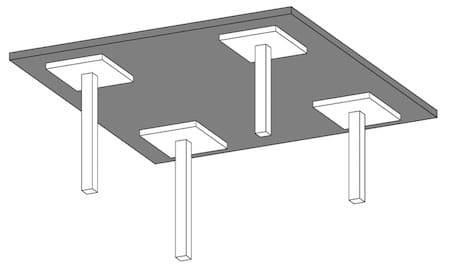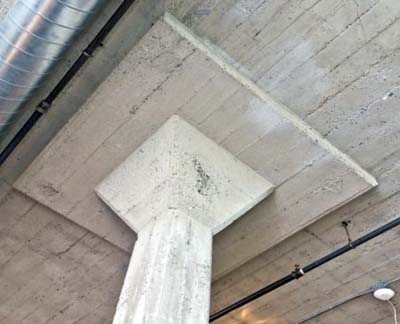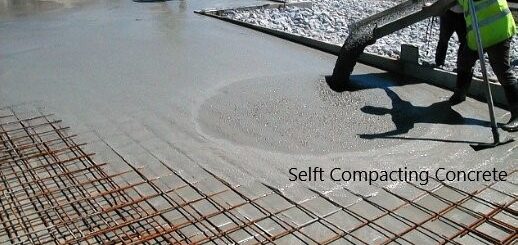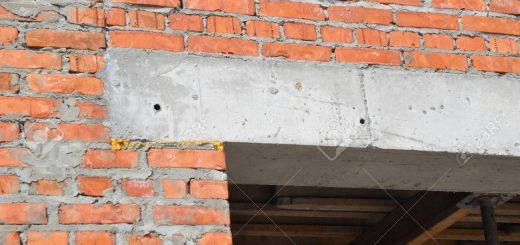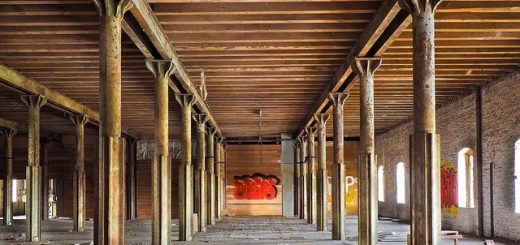Flat Slab – types and design aspects
A flat slab is one of the most popular types of slab constructed in the world due to its advantages when compared to the other types of slabs.
The nature of the structure provides more advantages when compared to the other type of slabs. However, the cost of construction would be a bit higher than a normal reinforced concrete slab. Due to the unavailability of the beams connecting all the columns, higher slab thickness is required.
Types of Flat Slabs
Mainly, there are four main types of flat slabs. Namely, there are as follows.
- Flat Plate Slab
This is the usual type of slab type. The uniform thickness of the slab continues through the slab. Low span slabs can be constructed with uniform thickness. When the span increases slab thickness needs to be increased.
It increases the cost of construction otherwise, other slab types could be used.
- Flat Slab with Drop Panels
A drop panel is an area around the column having increased the slab to improve the structural capacity of the slab. This is connected with the flat slab design.
The flat plate slab does not have much structural capacity. There will be higher bending moments and shear forces around the column. When the uniformed slab thickness is not adequate, we increase the slab thickness. It increases the bending and shear resistance
Generally, the drop panel is comparatively large than the column head.
- Flat Slab with Column Heads
The construction of column heads in flat slabs is very common. When it is required to resist higher shear forces at the column head, and there are higher bending moments, the construction of a column head are many advantages.
Column heads are smaller when compared to the drop panels. However, the depth of the column head is higher than the drop panels. Further, the column head is tapering with its height. The following figure indicates a flat slab with a column head and drop panel.
- Flat slab with Both Drop Panel and Column Head
The above figure indicates the slab with a drop panel and column head. When the being and shear forces extend beyond the column head, we could provide the drop panels to cater to the increase in the bending and shear stresses.
Advantages of Flat Slab
- Flexibility in the partitions. When the internal partition work is planned after the construction, it is much easier to plan them as there are no limitations by the beams.
- Reduction in the Floor to Floor Height. Since there are no beams, the reduction can be made.
- Reduction in the floor-to-floor height reduces the cost of construction.
- There are no obstructions to the building services.
- Laying reinforcement is much easier when compared to the normal beam/slab construction
- Formwork is also simpler and easier
- The construction time is also lesser when compared to the normal reinforced concrete slab.
Disadvantages of Flat Slab
- There are limitations in increasing the slab span.
- More suitable for lightweight partitions. An increase in the wall load could increase the cost of construction significantly.
- Comparatively higher slab thickness is required.
- There are difficulties in controlling the deflections of the slab middle strip.
Flat Slab Design
The design of the flat slab is somewhat different from the conventional slab designs. The unavailability of the reinforced concrete beams to carry the slab load to the support is challenging for flat slab design.
Column strip is designed like the beam in these types of designs. There are several methods for design.
- Empirical method
- Subframe method
- Yield line method
- Computer aid methods
There is modern software that we can use to design the slab completely and get the reinforcement drawings.
There are methods to determine the slab thickness. The table given in the ACI 318 for two-way slabs without interior beams could be used to find the slab thickness. Based on the availability of drop panels and the span of the slab, the thickness can be determined for the desing.
The following procedure could be followed when designing a flat slab according to Eurocode2
- Select the design life of the structure
- Determine the actions on the slab
- Select the load combinations to be considered
- Find the loading arrangements
- Find the concrete grade, water-cement ratio, and minimum cement content based on the exposure class and durability requirements.
- Select the suitable cover for the reinforcement based on the durability requirements and fire resistance
- Analyze the structure and obtain the design bending moments and shear forces.
- Calculate the bending reinforcements. If required, we may provide shear links.
- Desing for punching shear and other shear requirements.
- Check the deflections
- Proceed with reinforcement detailing.

